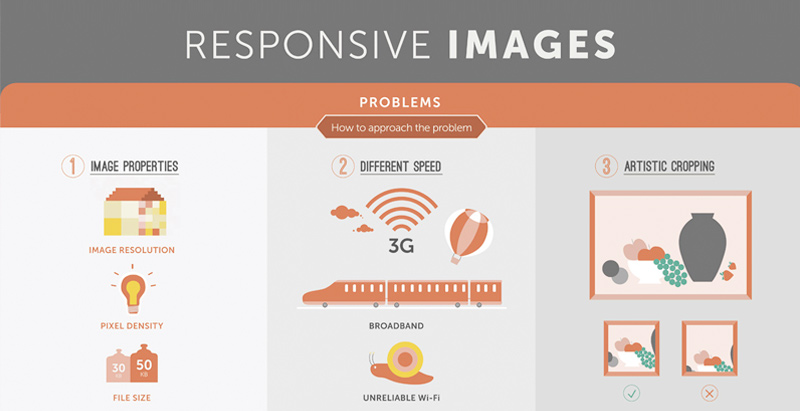Web Designs: Enhancing Individual Experience For Better Conversions
Web Designs: Enhancing Individual Experience For Better Conversions
Blog Article
Created By-Refsgaard Chang
Have you ever checked out a website that took for life to load, had a confusing navigation system, or really did not show properly on your mobile device? Opportunities are, you promptly abandoned that site and moved on to one that provided a far better customer experience.
In today's competitive on the internet landscape, it's critical for organizations to focus on website design that enhances customer experience in order to drive far better conversions. In this conversation, we will certainly check out the significance of receptive layout, the application of user-friendly navigation, and the optimization of page load speed to create a seamless and engaging user trip.
Stay tuned to find just how these components can substantially affect your site's success.
Significance of Responsive Design
Responsive layout is important in today's digital landscape for developing sites that adapt seamlessly to different screen dimensions and devices. When responsive web design is receptive, it instantly changes its layout and content to fit any gadget, whether it's a smart device, tablet, or home computer. This is vital since a growing number of people are accessing the net via their mobile devices.
If mouse click for source isn't responsive, it can bring about a bad user experience. Users might need to squeeze and zoom to read content, buttons might be also small to click, and images might not be optimized for smaller sized displays. This can frustrate users and bring about high bounce rates and reduced conversions.
Utilizing Instinctive Navigation
When creating a receptive website, it is essential to focus on using user-friendly navigation for a boosted customer experience.
mouse click the next internet page -friendly navigating refers to organizing your website's menu and navigation aspects in a rational and easy to use means. By doing so, you make it simpler for site visitors to discover what they're looking for and navigate through your site effortlessly.
Instinctive navigating helps reduce confusion and aggravation, inevitably bring about better user involvement and enhanced conversions.
To attain intuitive navigation, consider making use of clear and descriptive labels for your menu items, applying a regular format throughout all web pages, and incorporating search performance for fast access to specific web content. In addition, it's critical to focus on essential pages and info, ensuring they're plainly displayed and conveniently obtainable.
Optimizing Page Tons Speed
To improve customer experience, it's crucial to enhance the web page lots rate of your website. Slow packing times can discourage individuals and lead to greater bounce rates.
Luckily, there are a number of strategies you can implement to boost your website's tons speed. To start with, consider decreasing the dimension of your images by compressing them without compromising top quality.
Furthermore, optimize your code by lowering unneeded manuscripts and CSS files. Another reliable technique is to leverage browser caching, which permits particular components of your internet site to be stored locally, minimizing tons times for returning visitors.
In addition, take into consideration making use of a content distribution network (CDN) to distribute your internet site's data across numerous web servers, enhancing tons rate for users in various geographical areas.
Final thought
To conclude, by using responsive layout, instinctive navigating, and enhancing web page lots rate, website design can considerably enhance user experience and drive better conversions.
With a straightforward interface, simple navigation, and quick filling times, web sites can capture and keep the focus of users, resulting in raised interaction and greater conversion rates.
So, do not postpone in implementing these website design methods to make sure a seamless and effective individual experience!
